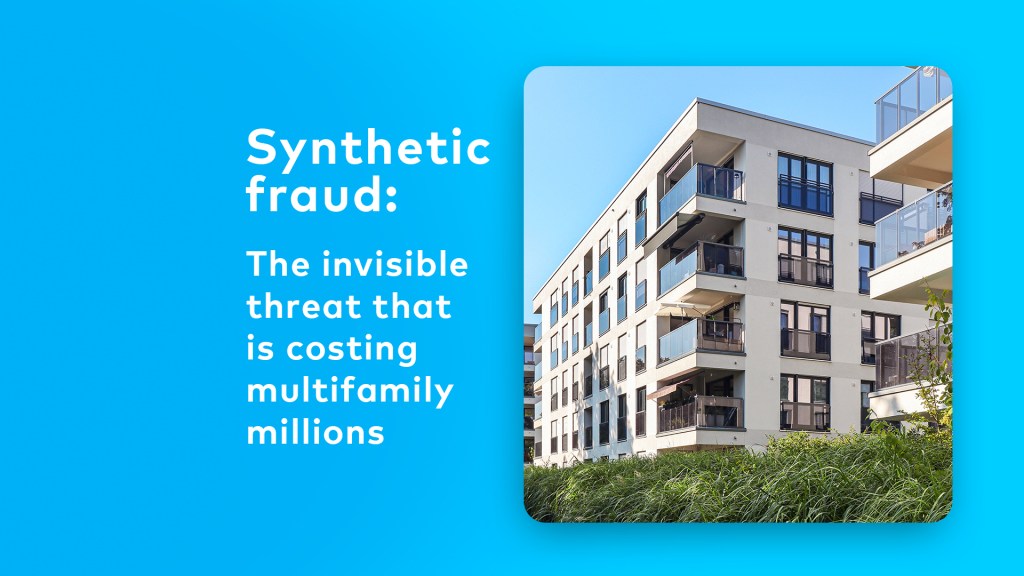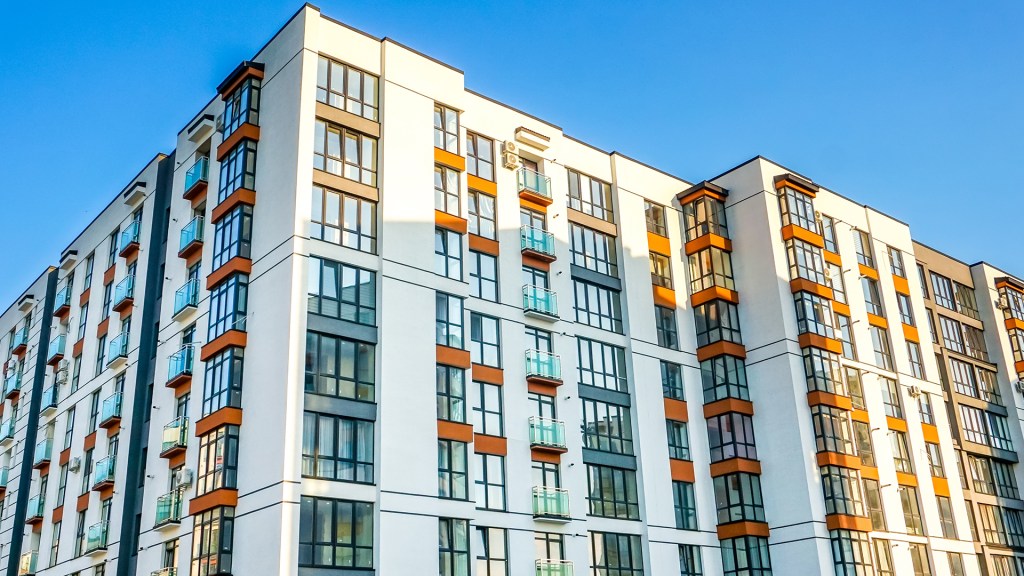By Erica Rascón on August 20, 2015 in News
Student housing has grown into a $5 billion industry. Colleges and universities rely on private builders for housing, on and off campus. These private builders are best able to equip units with features that appeal to the new generation of student renters while keeping the institutions’ costs low. Yet with the rise of student debt and the accompanying public outcry, the glory days of luxury student housing may be short-lived.
keeping the institutions’ costs low. Yet with the rise of student debt and the accompanying public outcry, the glory days of luxury student housing may be short-lived.
The dorms of today are nothing like what I grew up with at my private institution—and I’m barely 30. For freshman year, I shared a tiny, cinderblock room with a roommate. 15 rooms on our hall shared a commercial-style bathroom. If it weren’t for the laughter in the halls and all of the pretty decorations, we could’ve been confused for inmates.
While the accommodations improved as I gained seniority, even some of the nicer rooms at my college pale in comparison to new student housing. Today’s freshmen face serious temptation. Common amenities are leaning more towards the luxurious than the utilitarian: saunas, steam rooms, tanning beds, infinity pools, lazy rivers, maid service, dietary-savvy restaurants, and onsite clubs are not uncommon in student housing throughout the nation.
The College Board reports that the average cost of room and board in 2014-2015 was $9,804 for state schools and upwards of $11,000 at private schools. Students are high-risk tenants, so housing comes at a price, especially if you want a nicer lifestyle. Just how are students paying for these high rents? They aren’t. That’s part of the problem with the public’s reception of student housing. Students are digging themselves into debt at backbreaking rates.
Most students aren’t working their way through college in the traditional sense. They aren’t working directly to cover expenses and graduate debt free. If they aren’t receiving substantial help from home (and even some who are), they turn to debt to make it through classes and afford the comfortable, costly lifestyle that many colleges are offering.
Student debt is rising at alarming rates. Forbes reports that 40 million Americans live with student debt. Loans have increased by 84% since the recession. The total now exceeds $1.2 trillion—and more than 11.5% of those loans are more than 90 days delinquent of in default.
I can’t help but wonder how the rise in debt and the accompanying public outcry will affect the trend of luxury student housing.
Previous generations enjoyed the housing bubble while it lasted, racking in killer rates on properties with ample square footage and upgraded features. Then Millennials watched the world crash around them during the recession; the experiences of their parents and older siblings influenced how they felt about homeownership and car payments. As a result, we’ve seen that generation shun homeownership in favor of renting and opt for public transit instead of auto loans.
Previous generations are speaking out against the trap of student loans and news outlets have no shortage of coverage on their plight. Millennials are listening. They seemed to learn from the mistakes of their elders regarding mortgages and car loans. It will be interesting to see how public reaction to student debt affects the reception of costly student housing as an ongoing trend.


